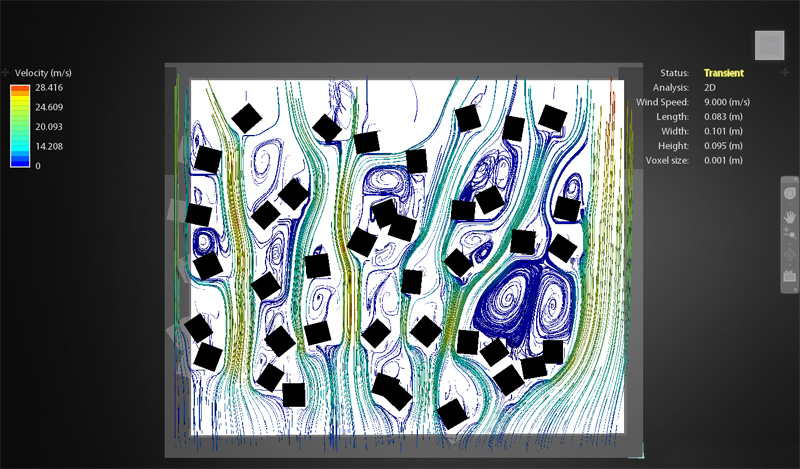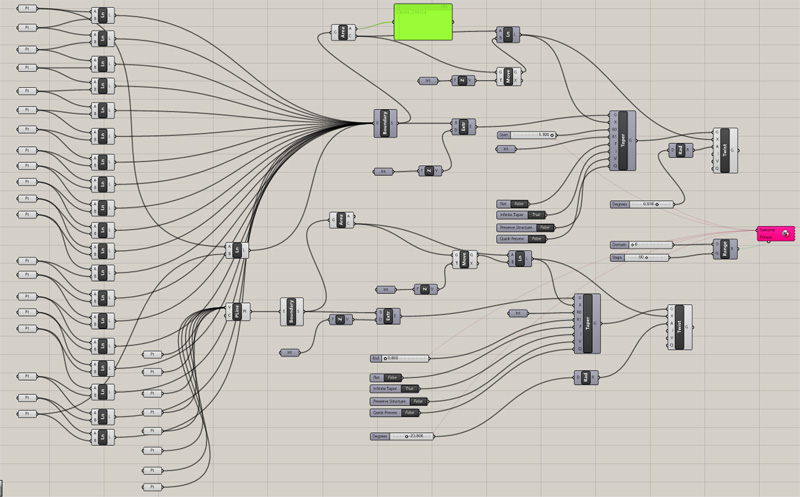Computational Design | 1. Wind Building Optimisation


Computational design combines architecture and design, and computer science and engineering to the way design content is imagined, created, fabricated, delivered and displayed.
Advancements in 3D modelling, material science and digital fabrication have
created a demand for designers who can use these technologies and unleash the
power of computers to produce and present technical and aesthetic solutions to
the challenges in the built environment.
Wind energy has received increasing attention in recent years due to its
sustainability and geographically wide availability. The efficiency of wind energy
utilisation highly depends on the performance of wind turbines, which convert
the kinetic energy in wind into electrical energy.
In order to optimise wind turbine performance and reduce the cost of nextgeneration wind turbines, it is crucial to have a view of the state of the art in the key aspects on the performance optimisation of wind turbines using Computational Fluid Dynamics (CFD), which has attracted enormous interest in the development of next-generation wind turbines in recent years.

